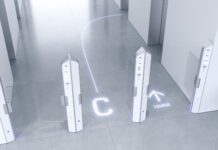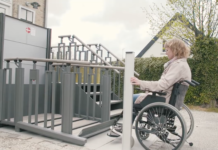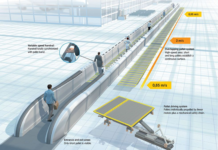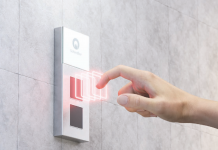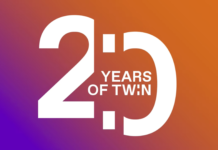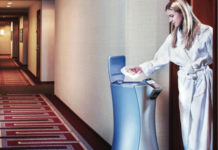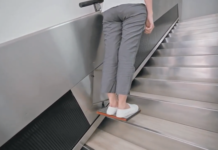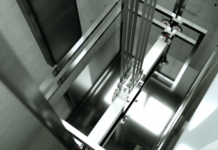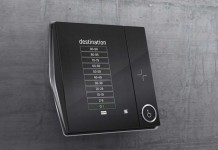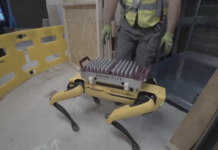The U.S. Consumer Product Safety Commission has launched an investigation of residential elevators and lifts, which the agency estimates were involved in 1,600 injuries during 2011 and 2012.
In a statement today, the CPSC said the probe followed reports of “children becoming entrapped in the gap of residential elevators, tragically leading to fatalities and serious injuries.’’
Agency staff members received a briefing in March about hazards of the machines, which are found in thousands of upscale single-family houses, as well as in apartment buildings. Evidence was provided by the family of Jacob Helvey who, as 3-year-old boy in 2010, suffered brain damage in an elevator accident at his Georgia home. He was smashed after becoming trapped in the narrow space between the outside entry door and the accordion-style inside door that encloses the moving elevator car.
The issue was previously reported by Safety Research & Strategies, a consulting and advocacy group.
The CPSC said it had no breakdown among the 1,600 estimated victims on the type or severity of the injuries, or how many of those hurt were children. In fact, in an interview, CPSC spokesman Scott Wolfson dialed back the agency’s statement somewhat, saying he didn’t know if there was just one, or multiple, fatalities.
The 1,600-injury estimate was extrapolated from injury reports provided to the CPSC by hospital emergency rooms that treated people hurt in elevator accidents.
Wolfson said the agency, under federal law, was barred from naming the elevator manufacturers under investigation.
In its statement, the CPSC said it “has an active and ongoing compliance investigation regarding the safety of residential elevators and the entrapment hazard they can present. While CPSC investigates the role and responsibilities of manufacturers and installers when it comes to the safety of residential elevators, owners of residential elevators should take steps to ensure children do not have unsupervised access to in-home elevators.”
Source: fairwarning.org


